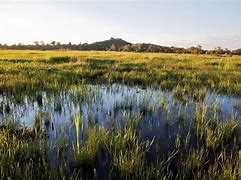
Audrey Galawu
Zimbabwe joins the rest of the world in celebrating the annual World Wetlands Day which marks the date of the adoption of the Ramsar Convention on Wetlands in Iran.
This year’s commemorations are running under the theme, “It’s time for Wetlands restoration”.
The theme is an urgent call to action and collaboration to prioritise wetlands restoration as wetlands continue to be degraded.
Wetlands are said to be disappearing three times faster than forests, and they are recognised as the most threatened ecosystem.
According to the Environmental Management Agency, about 34.96 percent of Zimbabwe is wetland and of these 17.63 percent are pristine, 55.65 percent moderately degraded and 26.72 precent are severely degraded.
Lack of funding and lack of enforcement are reportedly the main downsides of conserving wetlands in the country.
During a virtual panel discussion organised for World Wetlands Day, Director of Global Water Programme at the International Union Conservation of Nature James Dalton said there is need to adopt a landscape approach to restoration as wetlands are part of a broader hydrological, chemical and social system.
Related Stories
“Landscape approaches help to mobilise diverse sectors and interests to improve understanding and sustainability.
“Address the indirect and direct drivers of nature loss through the creation of clear governance mechanisms to mobilise restoration and maintain long term action.
“Framework areas, including floodplains, forests and economic activities in these areas such as agriculture and fisheries can contribute to wetland restoration,” he said.
Wetlands are areas where water covers the soil and occur where the water table is at or near the surface of the land, or where the land is covered by water.
Among some of the functions is to maintain and improve water quality by filtering contaminants and excessive nutrients as well as renew groundwater supplies.
Zimbabwe seven sites have been designated as Ramsar protected wetlands and these are Victoria Falls, Driefontein Grasslands, Middle Zambezi/Mana Pools, Lake Chivero, Monavale Vlei, Chinhoyi Caves and Cleverland Dam.
Latest estimates show that 35 percent of the world’s wetlands have been lost since the 1970s, mainly due to human activities.



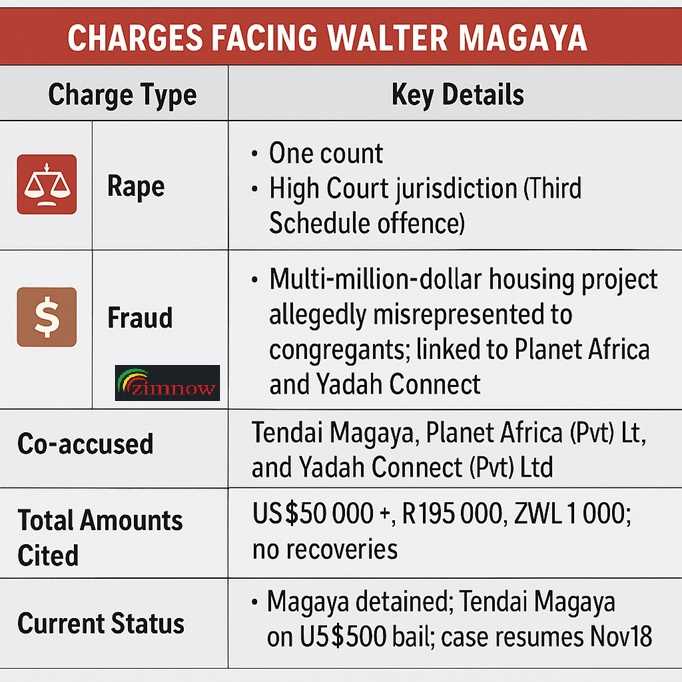
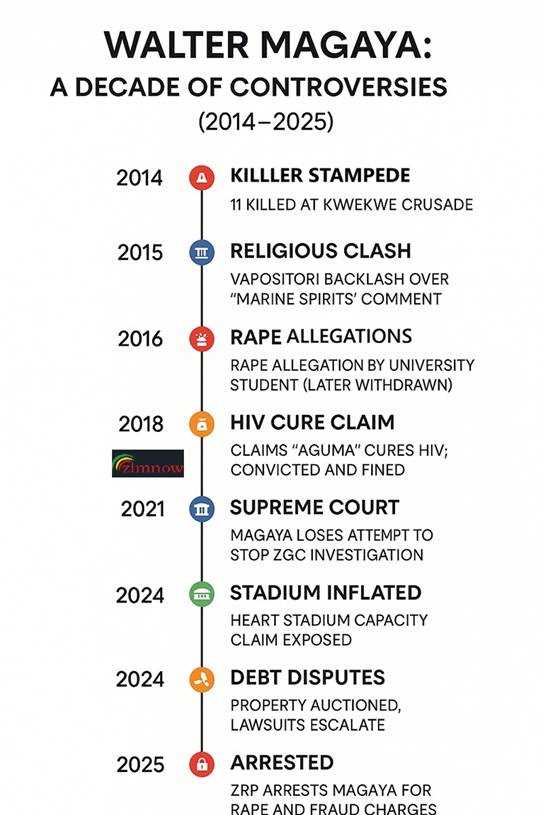
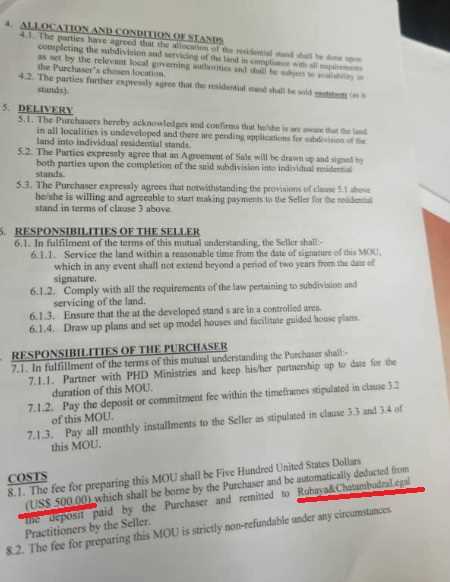




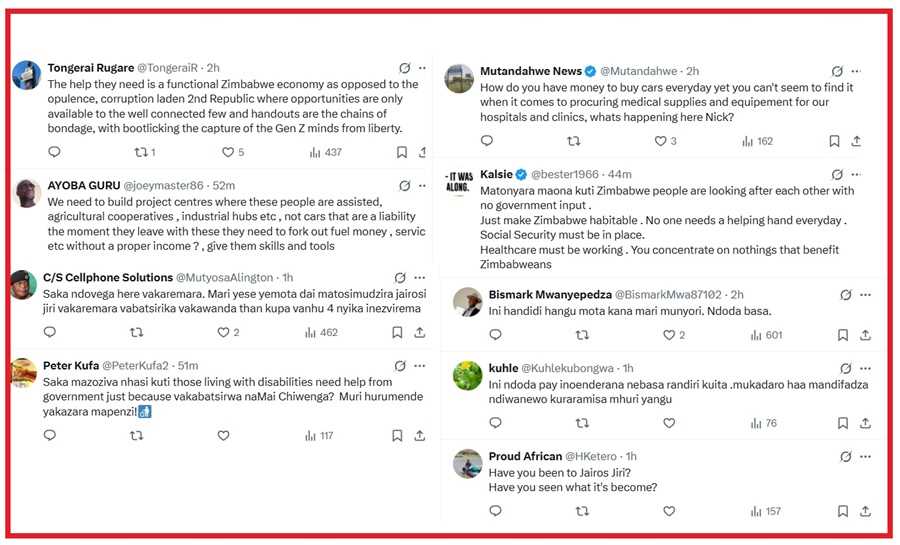

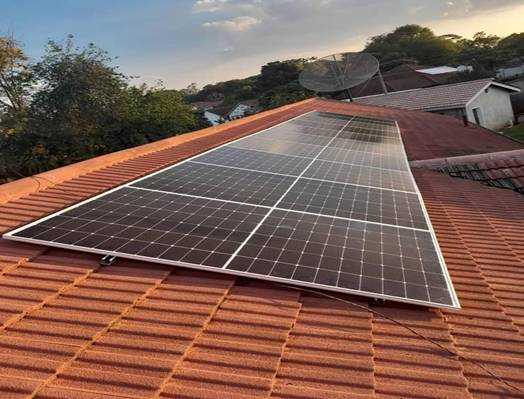



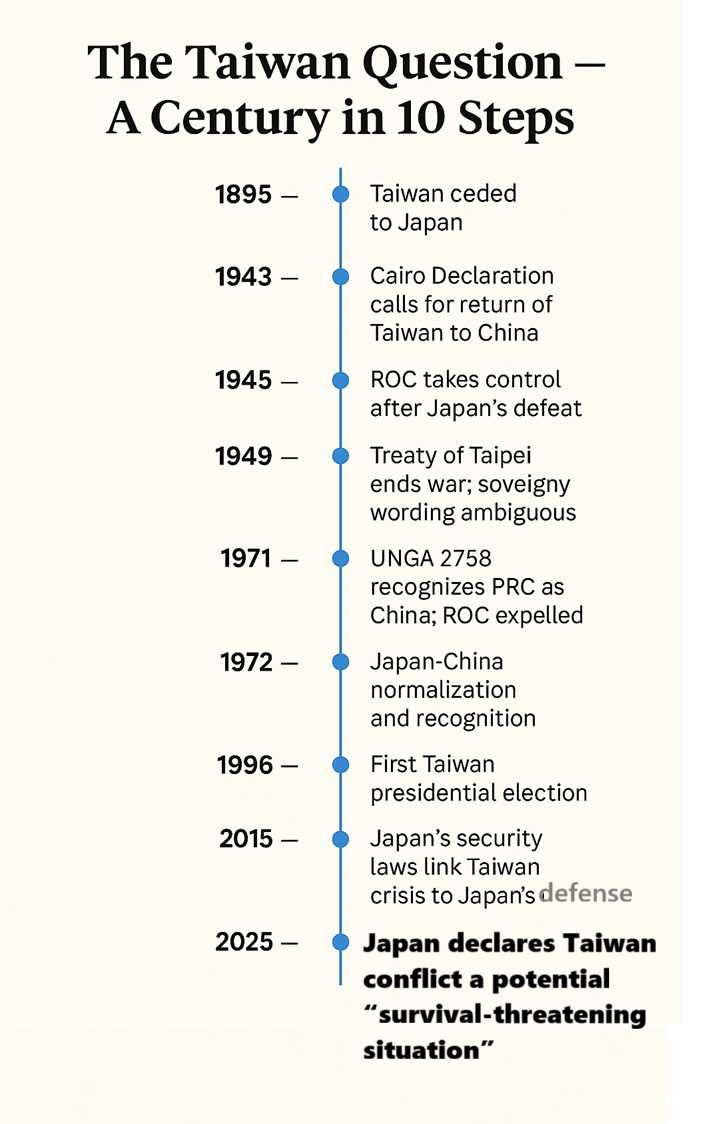


Leave Comments